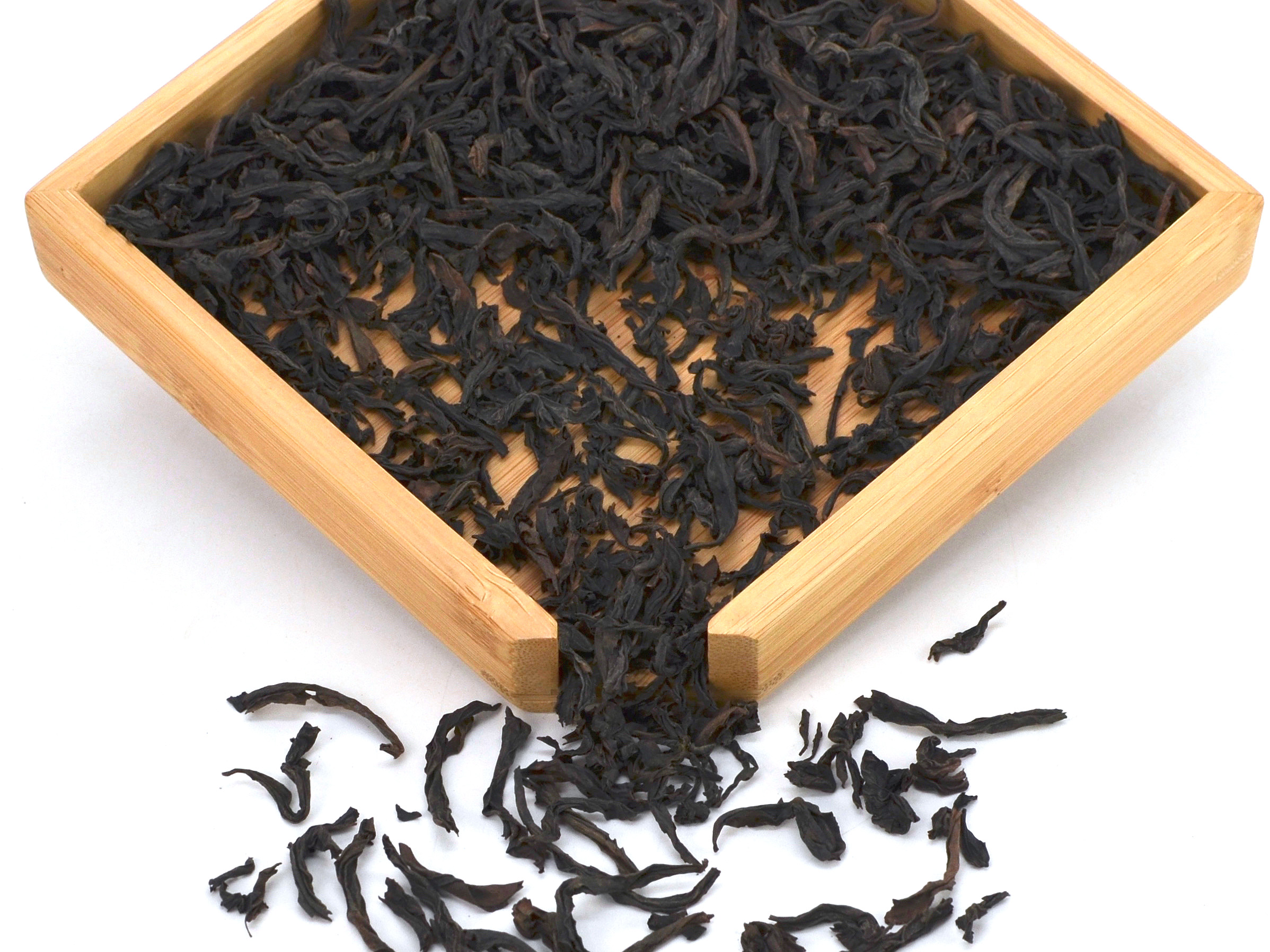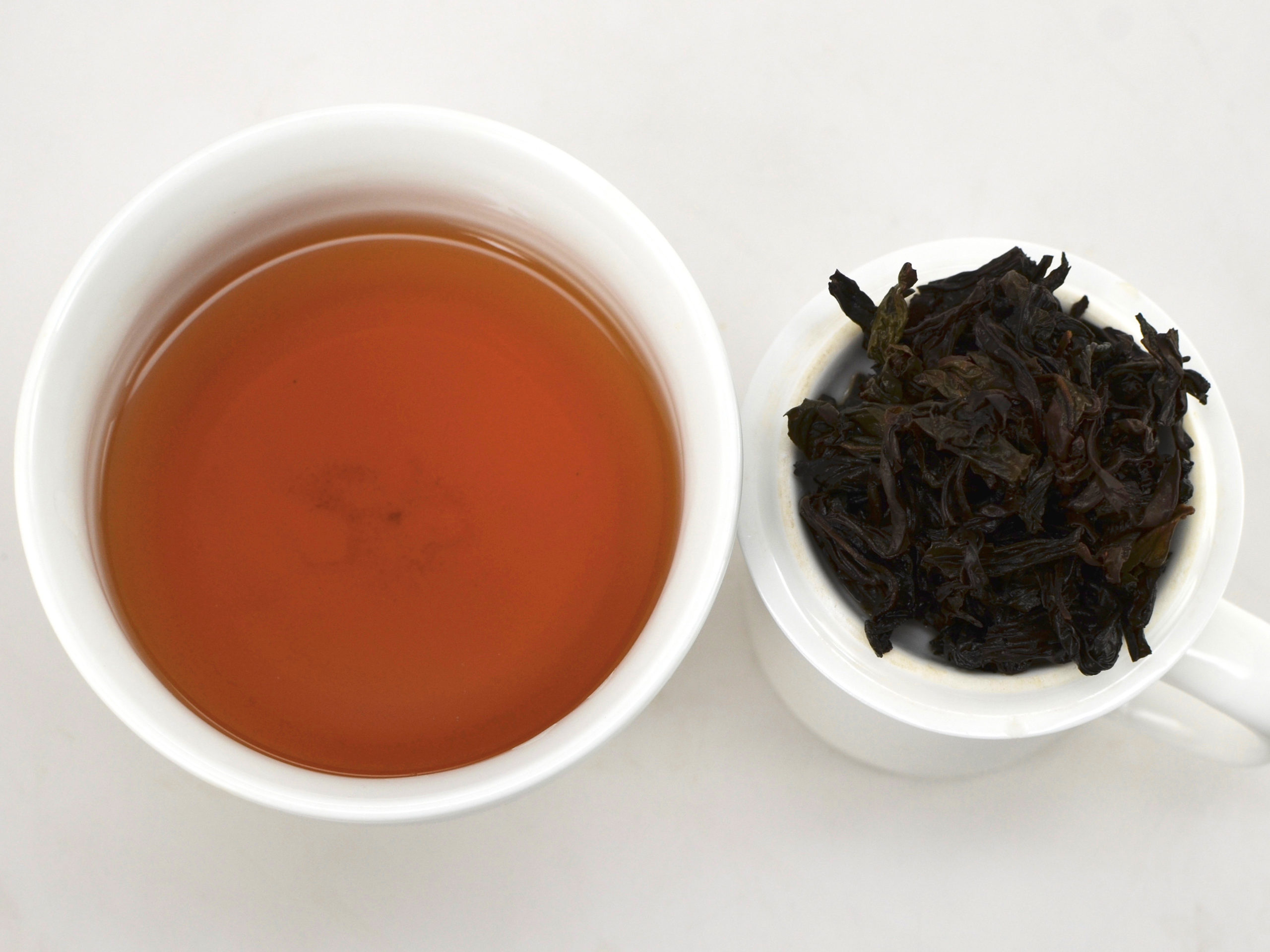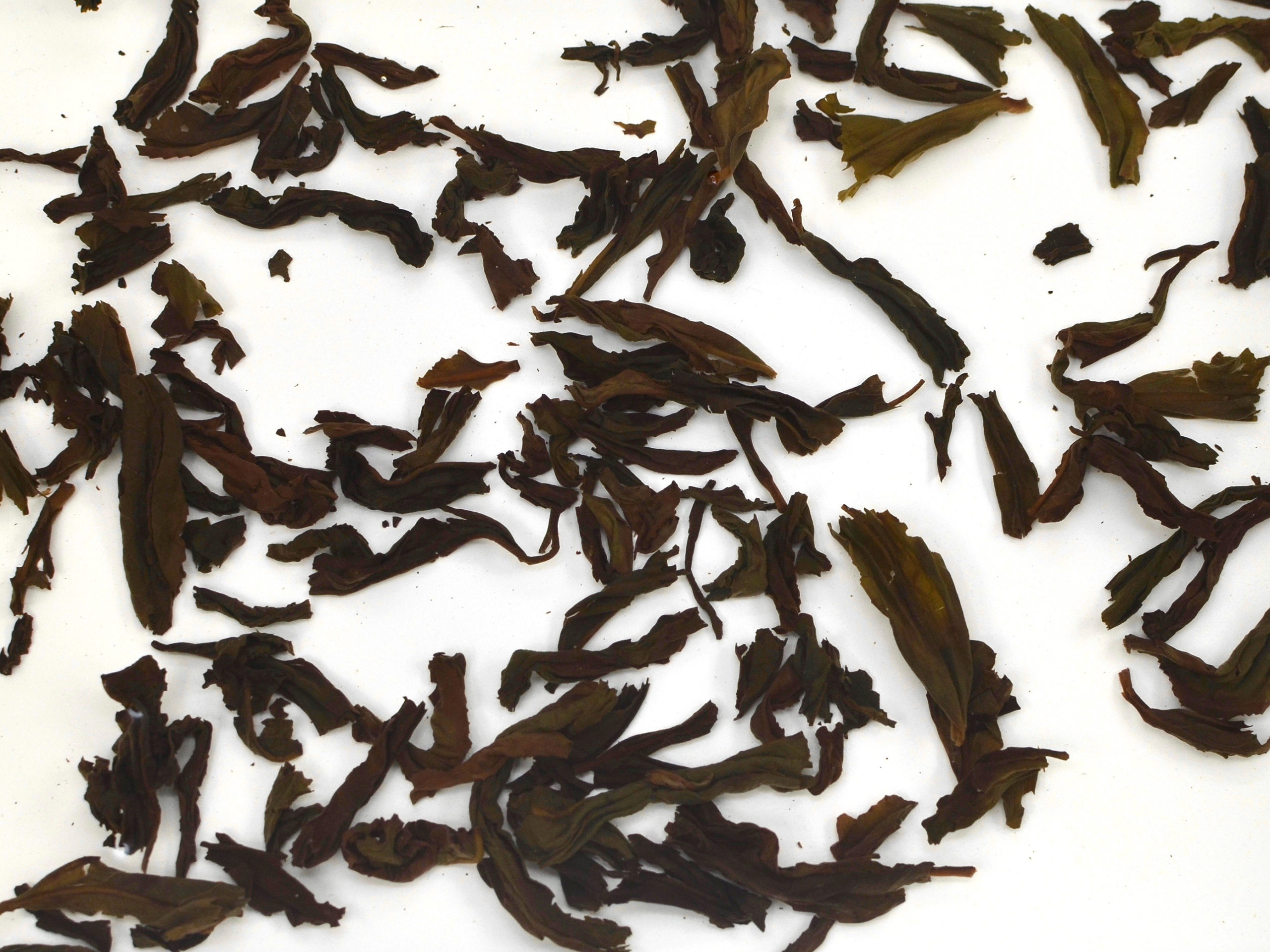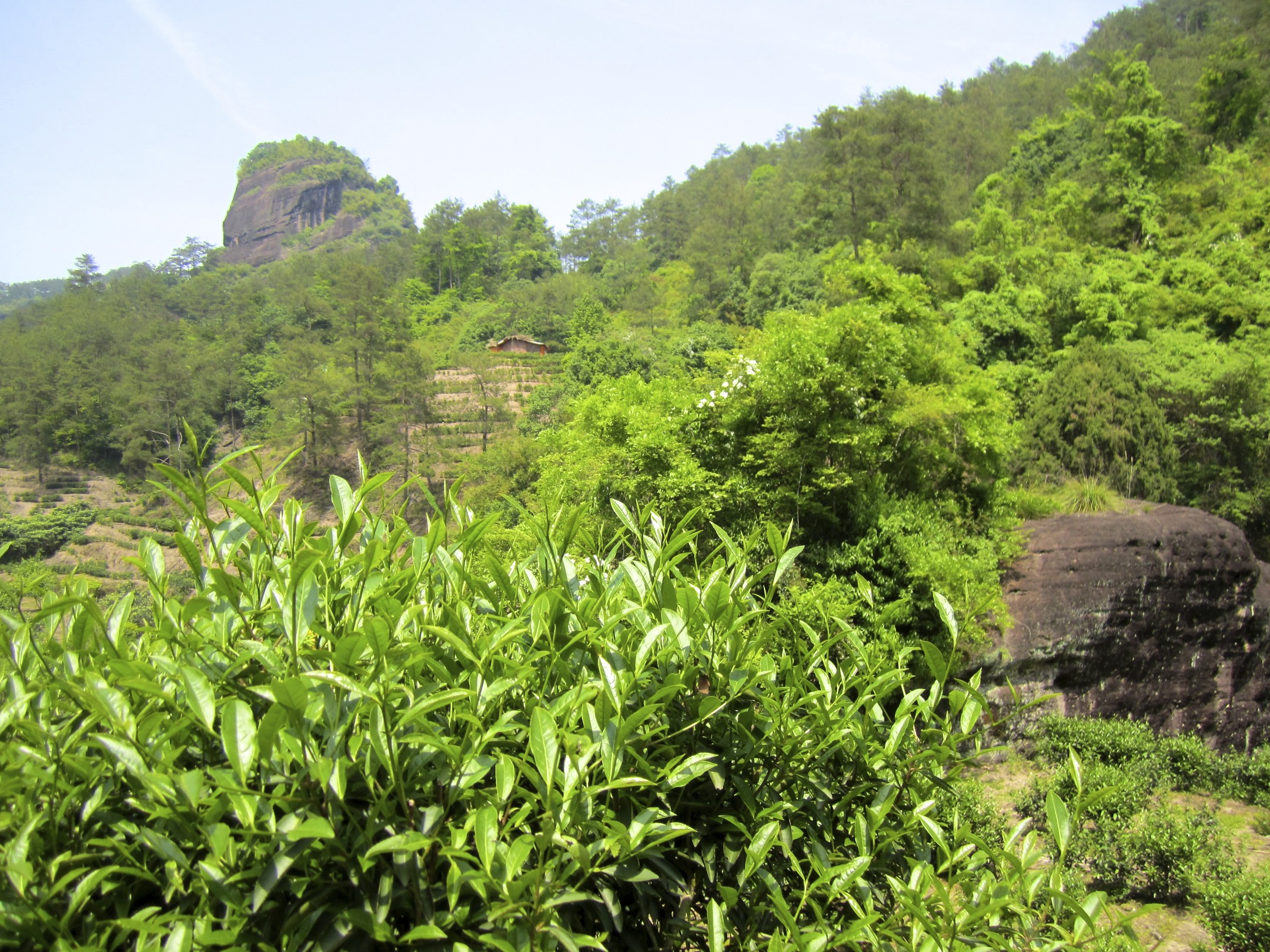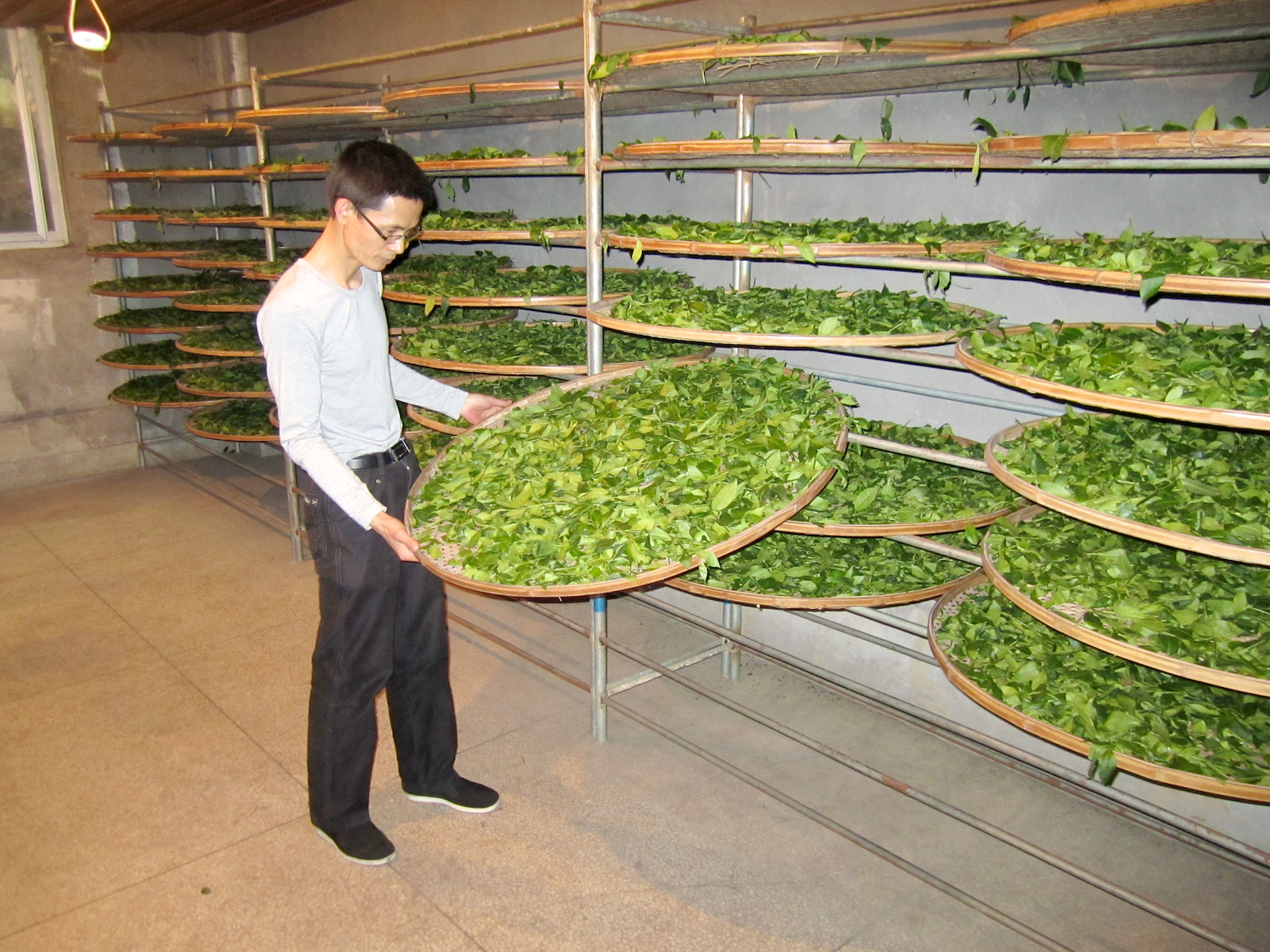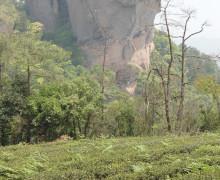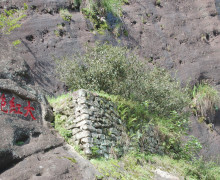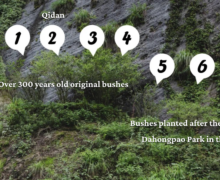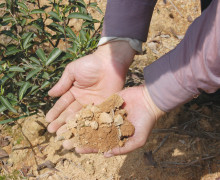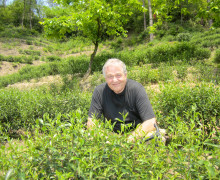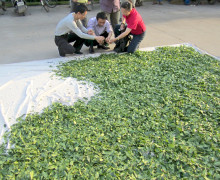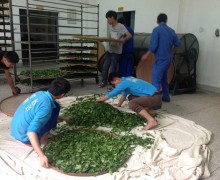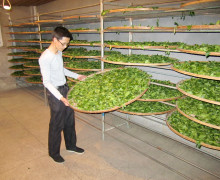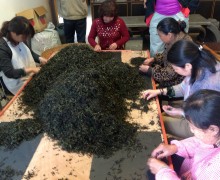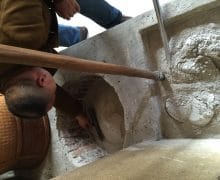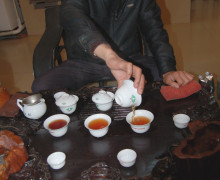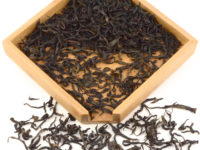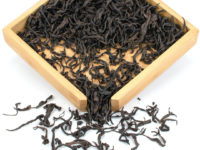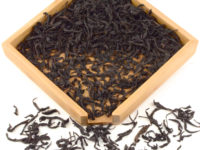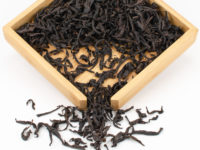Da Hong Pao (Big Red Robe)
Rock Wulong Tea 2024
The most famous Chinese wulong, Da Hong Pao, is a tea made to represent the essential character of Wuyi Mountain rock wulong. This rock wulong is traditionally roasted over charcoal in a process that lasts months, and its bold red infusion has a layered mineral body with a sweet, enduring finish. This process requires great attention to detail and care, which makes a well-crafted Da Hong Pao is beloved by seasoned rock wulong drinkers, and by the same virtue, is an excellent introduction to the style.
2024’s Da Hong Pao brings warm sweet florals like orange blossom honey that are woven together with deeper woody, fruity, and mineral aspects.
- Tea Origin
- Wuyishan City, Fujian Province, China
- Tea Bush
- Rougui, Shuixian, Qi Dan, Tie Luo Han, Huang Guanyin, Qizhong, etc. (blend)
- Tea Maker
- Liu Guoying
- Harvest Time
- Late April - Early May
- Plucking Standard
- Zhong kai mian and xiao kai mian
Da Hong Pao Tea – The Most Famous Wulong
Easily the most famous wulong tea in China, what we know by the name Da Hong Pao is the product of over three hundred years of innovation, studious agriculture, and fantastical lore. Modern Da Hong Pao is a tea maker’s blend of leaves from bushes local to the Wuyi Mountains, where wulong tea was first invented in the 16th century.
The name Da Hong Pao (or “Big Red Robe” in English) has a few different alleged origin stories. Some fabled stories say its tea bushes were so revered that they were cloaked in red robes by imperial officials, while others simply claim the name was a poetic description for the color of local tea bushes when the warm dusk light is cast through their newly grown leaves.
Greater Than the Sum of Its Parts
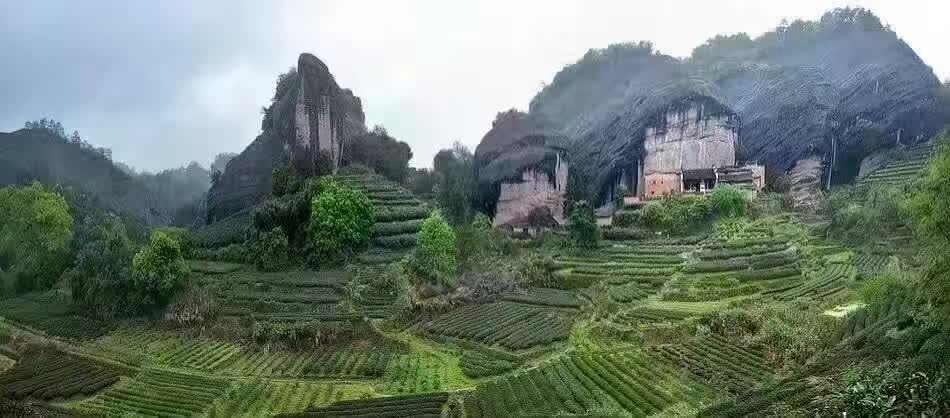
Whatever the case, for at least the last century, the characters “Da Hong Pao” have been carved into the rock beside the Da Hong Pao original bushes growing in their little cliff terrace garden in Wuyishan. The few bushes in this tiny garden are the ancestral material for the modern Da Hong Pao. Through careful reproduction via cuttings, the most hearty and flavorful of these bushes, known as “Qi Dan,” began to be used as the basis for the blend that is known as commodity Da Hong Pao, starting in 1985. The yield of this bush is low, however, and it is now common for commodity Da Hong Pao to be a blend of Rou Gui and Shui Xian and other Wuyi cultivars. It is judged that a Da Hong Pao blend should be greater than the sum of its parts, exhibiting no single character for any one bush, but rather layers of complex and pleasing flavors.
The yield of this bush is low, however, and it is common for Da Hong Pao to be made using a blend of the most common and durable cultivars, Rou Gui and Shui Xian. A Da Hong Pao blend should represent the spirit of Yancha (rock wulong) and Wuyishan. It is judged that a Da Hong Pao blend should be greater than the sum of its parts, exhibiting no single character for any one bush, but rather layers of complex and pleasing flavors.
History
In a Qing Dynasty record of Wuyi tea cultivars, Lu Ting Chan wrote that there were more than 500 hundred named varieties. Over the years, living examples of these varieties have been collected, and 256 cultivars still exist today. The high-yielding Rou Gui and Shui Xian cultivars have largely replaced these old bushes through promotion by the government in the late 1970s. Today still these two cultivars dominate the gardens of Wuyishan and are frequently used in rock wulong blending. Normally, tea makers and companies use either Rou Gui and Shui Xian as the base for their Dahongpao blend. Each proprietary blend has a different formula unique to the maker.
Processing
The plucking standard for most wulong is zhong kai mian, which has three to four open leaves of new growth. For this particular tea, tea master Liu Guoying has used the most traditional method of roasting. Mr. Liu uses only the heat of local charcoal to dry the leaves over multiple roastings, with each roast lasting eight to twelve hours at a time. The tea gets dried in large bamboo baskets above charcoal pots smothered with ashes. Every 45 minutes to an hour, the tea gets removed from the basket and shaken to mix it so that there is an even roast on the leaves.
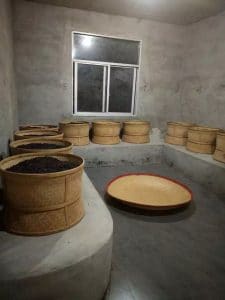
The first roasting is called zou shui bei, which translates literally to “water walk roasting”. This roast is the hottest and will be anywhere between 120-130°C (248-266°F). It usually lasts for about eight hours. Each subsequent roast will have the temperature reduced, but will last slightly longer.
The tea leaves must be allowed to rest between roastings. This rest period typically lasts anywhere between 25 days and a month. Resting allows moisture to redistribute evenly through the leaves. It also allows some of the sharpness of the freshly fired charcoal smell to dissipate.
The alternating periods of roasting and resting make for a very long production cycle, so while the tea is picked in early May, production will not conclude until the end of August. Weather can also add to processing delays since absolutely no roasting is performed on rainy days. This time consuming traditional roasting technique increases the complexity and depth of the tea’s flavor, which will endure for years in storage.
No chemical fertilizer, pesticide, or herbicide was used in the production of this tea. Click here to read more about our promise to fair trade and the environment.

